Author Josh Waitzkin has mastered two complex, esoteric disciplines: chess and tai chi, a martial art. He won national chess titles as a youth, and national and world championships in “push hands,” or partner tai chi. In this book he presents his theories about learning and high-level performance, using as a case study his own rise to excellence in highly competitive sports. Even without the theoretical speculation his story is engaging – but his theories make the book useful to anyone trying to learn a new skill. getAbstract recommends it to those who wish to raise their level of performance, find out about mind-body connections or enjoy a good story.
Chess and Martial Arts: They’re Not as Different as They Seem
At first glance, chess and the tai chi practice of push hands – practicing with a partner – have few similarities. Chess is a densely intellectual board game of European origin in which various pieces move and interact in complex patterns. Tai chi is a Chinese system of movement training that improves spiritual and physical health and enables practitioners to defend themselves. However, beyond these surface differences, the two practices have much in common, especially the lessons they teach about how to learn.
Both push hands tai chi and chess are stylized abstractions of combat. In chess, the pieces move like troops, and the players must think as strategically as they would on a battlefield. In push hands, each opponent tries to upset the other’s balance, within defined limits. Both distill competition down to its essence. In the games’ limited fields of engagement, players can analyze their interactions with their opponents, identifying and improving their tactics and techniques.
Investing in Loss
The best way to improve in both chess and push hands is by playing with superior opponents. ...










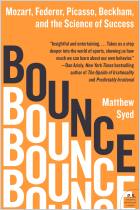
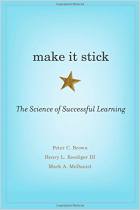
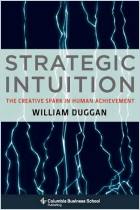
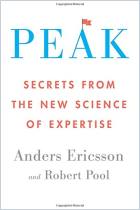

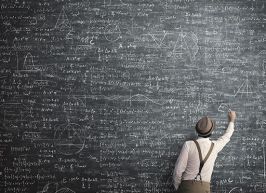

Comment on this summary or Start Discussion